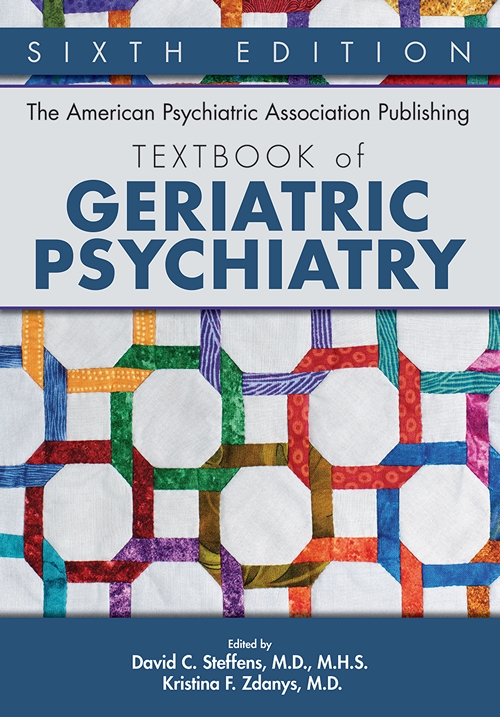Sections
Excerpt
Developments in clinical neuroscience have resulted in a rapid expansion in how brain disorders are understood. Included in this seemingly exponential growth in knowledge is a deepening insight into the biology and clinical phenotypes inherent to late-life neuropsychiatric syndromes. This chapter explores a subset of these syndromes: anxiety, obsessive-compulsive, and trauma-related disorders in older adults. Important to highlight in the beginning is a shift in how these three entities are now conceptualized, which is in part due to advances in basic and translational neuroscience. With the publication of DSM-5 (American Psychiatric Association 2013), trauma-related and obsessive-compulsive disorders were given their own respective sections, acknowledging that, although all three most assuredly contain some facet of anxious symptomatology, several key features warrant their being separated. Doing so allows for more valid diagnostic constructs, lessens heterogeneity in clinical research, and is more in line with neuronal network dysfunction corresponding to illness presentations. By characterizing the relevant epidemiology, biological underpinnings, clinical phenomenology, and evidence-based treatments, this chapter summarizes the current state of the field.
Access content
To read the fulltext, please use one of the options below to sign in or purchase access.- Personal login
- Institutional Login
- Sign in via OpenAthens
- Register for access
-
Please login/register if you wish to pair your device and check access availability.
Not a subscriber?
PsychiatryOnline subscription options offer access to the DSM-5 library, books, journals, CME, and patient resources. This all-in-one virtual library provides psychiatrists and mental health professionals with key resources for diagnosis, treatment, research, and professional development.
Need more help? PsychiatryOnline Customer Service may be reached by emailing [email protected] or by calling 800-368-5777 (in the U.S.) or 703-907-7322 (outside the U.S.).



